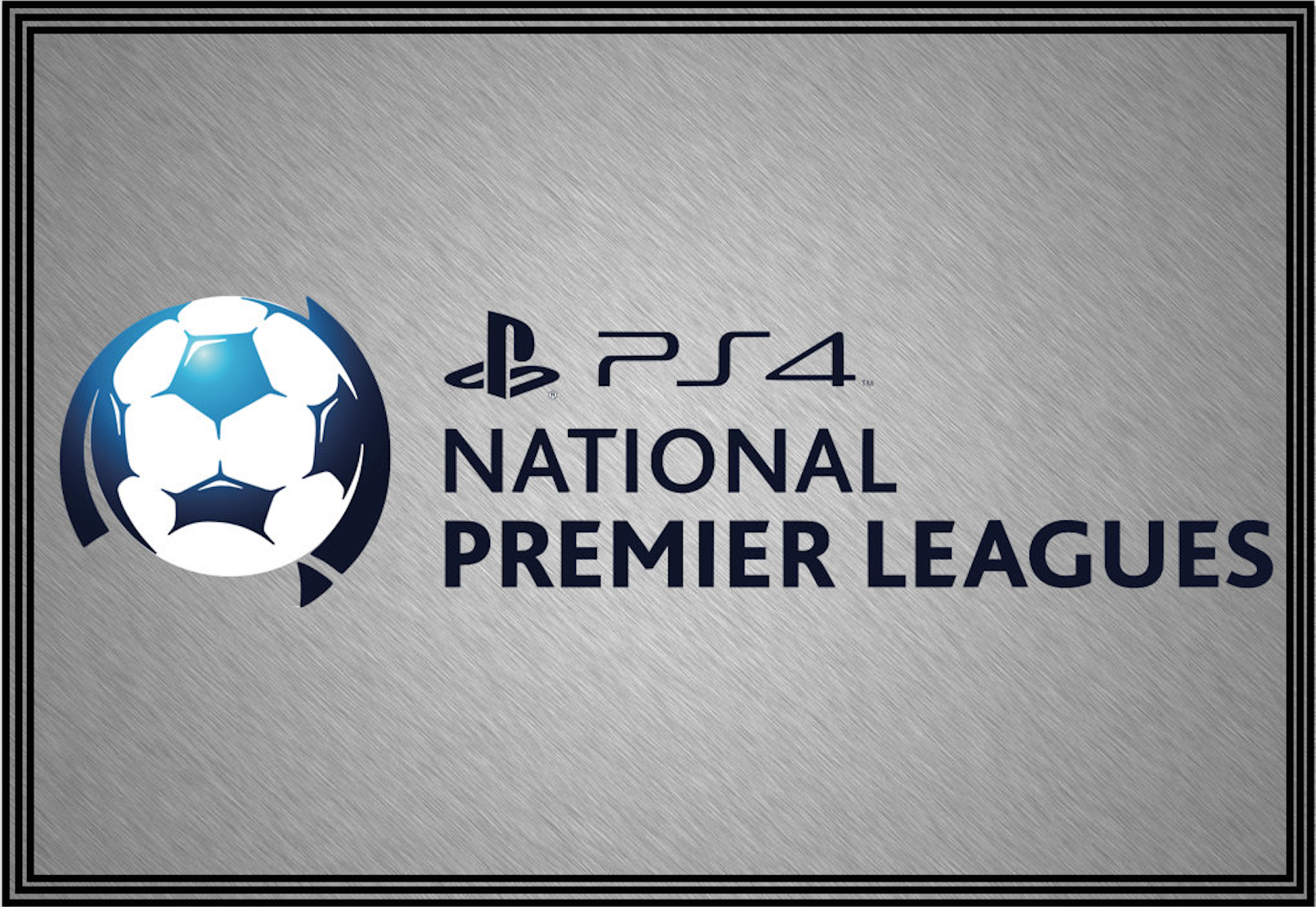As David Gallop and Steven Lowy jetted off to Zurich in discussions with FIFA regarding the governance structure of football in Australia, much was being made back home about the future of the A-League, including a wide consensus that its current format was becoming stale (and making it increasingly difficult to be competitive in Asia) while plans for future reform – including via expansion or even promotion/relegation in the future – were not forthcoming.
Below that was also growing unease at the second tier model nationwide, established by FFA with a view of facilitating the next generation of professional footballers in Australia, with concerns that it is operating without adequate support via funding for infrastructure, nor an incentive to develop players due to a lack of a transfer system within Australia, leading much of the cost burden to be carried by ballooning junior registration fees, thus decreasing development pathways for Australian footballers – consequently with results at a junior national level suffering, and fewer senior players seemingly succeeding overseas.
Therefore, on March 8, a statement was released detailing the formation of the Association of NPL clubs with the aim of “working constructively with FFA and the state federations to ensure their legitimate concerns are heard … and appropriate outcomes and solutions are achieved, for the benefit of the game both now and in future.”
Thomas Kalas, one of the founders of the association, spoke to TCF about the circumstances leading to the implementation of the association, how its structure will look, and concerns for the game stemming from the nation’s second tier.
***
Can you give a brief summary of the Association of NPL clubs and its aims?
Essentially this is a ‘PFA’ for football clubs. We’ll probably hit 30% of all Australian NPL clubs coming on board in day one. It’s resonated beyond what we thought.
We’re going to be very professional, very measured and very consultative. We support a sustainable A-League that fully integrates the football pyramid.
What prompted the association’s establishment?
The impetus for the Association of NPL clubs was the announcement by the FFA that they have the wrong financial model. We’ve been saying that at club land since 2009 that I’m aware of. It’s unfortunate but we knew it’d be coming. They assumed going mainstream via the entertainment and leisure market will fill stadiums. They realised it’s not working.
People have woken up that the entertainment and leisure market is leaving the A-League product. Because we’ve had all this other entertainment product squeezed into the summer market – Big Bash cricket, the basketball, the netball, the AFLW has taken a lot of air out of the summer period – people are moving to other entertainment vehicles and the A-League entities have suddenly realised that the market is diluting. I doubt the A-League clubs are viable [in the current model] unless they receive support from the FFA.
Underneath that is a massive chasm because it was assumed the model to run with was to build up a top-tier [only] structure. We need to play in boutique stadiums like they do all over the world. You have to do it organically and grow by integrating the football pyramid.
How does this tie in with concerns at NPL level for the future of Australian football?
Many club presidents are exhausted and bereft that they’re doing what they’re doing with no support or future focus [from the FFA].
Unless the A-League clubs integrate with a traditional football pyramid and its structures, I fear for the development of football. We’ve spent litte or no money on resourcing the facilities footprint below the top tier. The lower tiers are all struggling to do it all themsleves, while funds are all basically locked up in the 10 A-League clubs, national teams and running large administrative offices.
We have volunteers struggling to run the engine room of football. We are neglecting the foundational pillars. We need to sit together [with the FFA] and explain that we need to focus on expanding facilities and provide resources to grow the game organically bit by bit. We’ve tried to jump too far ahead too quickly. Football culture takes time and generations to develope.
There are massive fault lines in youth development, pathways, infrastructure development, club development – in fact club development doesn’t exist.
The tier of football below the A-League has been starved and there’s been no focus on it for as long as I can remember. We need to repair, expand, fund, and improve the footprint and facilities of that tier of football club.
What has the state federation reaction been so far?
I’ve had a chat with the Football Federation Victoria CEO Maxwell Gratton and he was very supportive, in fact he is going to be addressing our first official meeting on March 20 at FFV headquarters. We’re going to have club presidents from NSW, Queensland, SA, Canberra, Tasmania in attendance. We havent had a chance to contact clubs in WA & NT yet as we havent the bandwidth currently, but we will.
The $103 million revenue the FFA collects every year stays generally locked up at the top. We need a greater focus on tiers below.
What is the structure of the association at this early point?
I stress this is not a Victorian-centric organisation – it’s a national structure. When we have our meeting on the 20th of March, that’s when the relevant documentation will be drawn up.
Structurally, we’re at embryonic phase. It’s myself and a sub-committee of six people running it. On March 20 the group will elect a president, secretary and so forth. In many ways I wouldn’t mind stepping down once we have the embryonic stuff up and running and we have fresh, capable people running an organisation for the improvement of football at the NPL tier.

